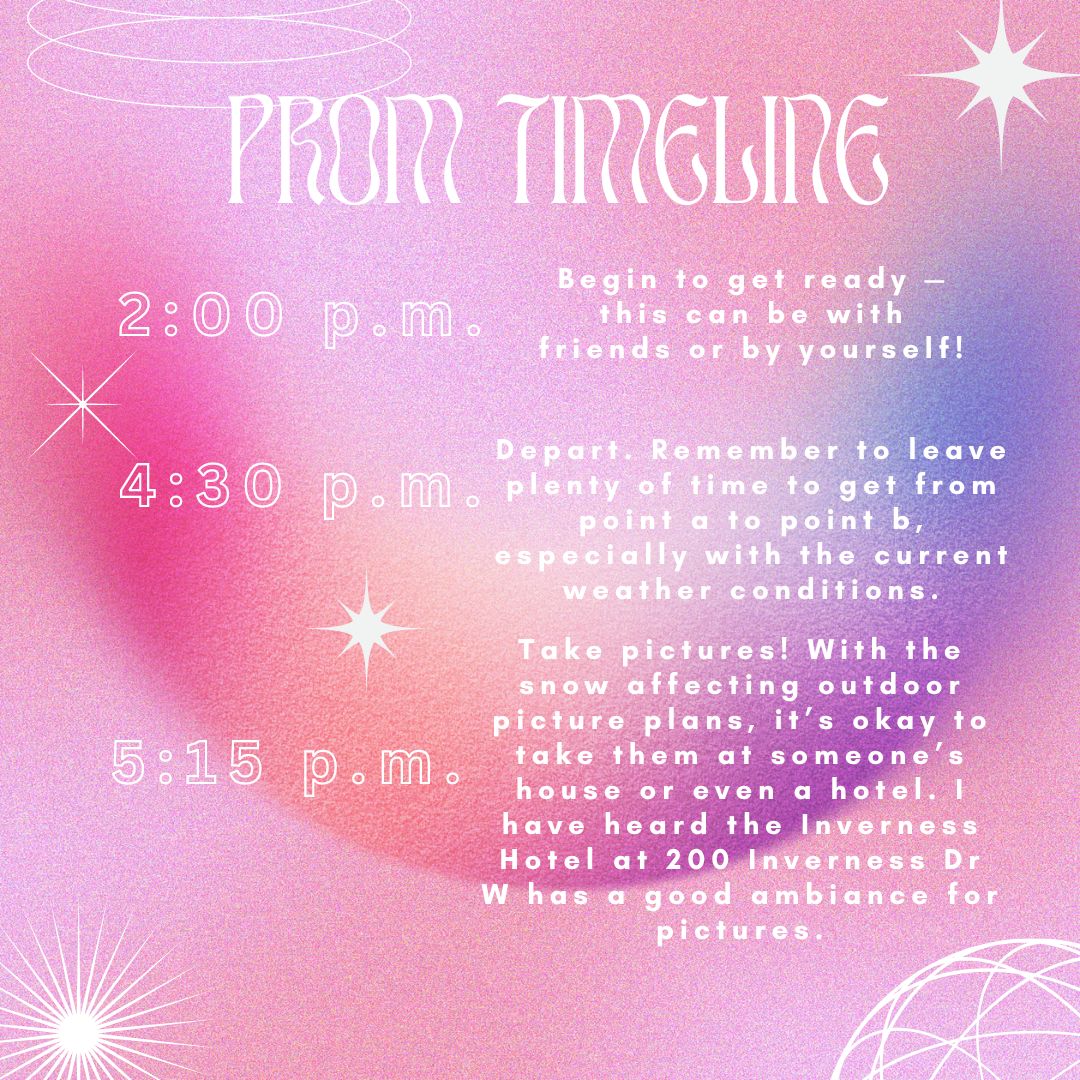Pretty Pennies Penetrated
January 29, 2019
Tuesday, Jan. 15, honors chemistry students chemically burned out all the zinc content of four post-1982 pennies in Dave Ferguson’s chemistry lab, room 4102.
The goal of the lab was to figure out how much baking soda would neutralize hydrochloric acid. Baking soda is a base, and bases can cancel out acids and vice versa. If the right amount of base was added to the amount of acid in the beaker, it should have been neutral.
In order to do this, students reacted zinc pennies in a beaker of hydrochloric acid, figured out how much of the acid was left in the beaker. They then proceeded using balanced equations to equate the amount of baking soda needed to neutralize they hydrochloric acid left in the beaker. Once the calculated grams of baking soda were added to the hydrochloric acid, students held their beakers under a pH tester.
The term pH level refers to the acidity or baseness of a liquid or aqueous solution (a solution that dissolves in water). The neutral pH level is 7. Students’ goal was to add just the right amount of baking soda to the hydrochloric acid to neutralize it– get it to pH 7.
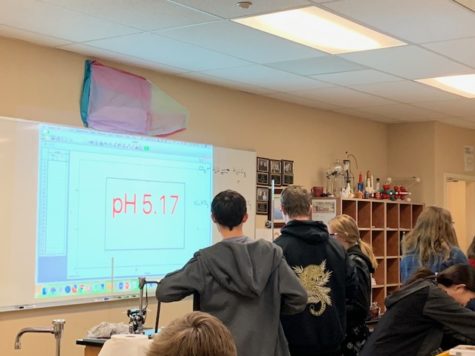
“The lab was fun and a good amount of confusing enough to make us want to see the outcome,” Romero said.
“…We got a 5.2 pH level, and we had to shake the beaker a whole lot in order to reach the number, and we got all excited and very happy once we reached the level,” Brooklyn Romero ’21 said.
None of the groups in Ferguson’s period 2 chemistry class reached pH 7, which Ferguson reported could have been due to a miscalculated measure of acid at the beginning of the experiment. Even if students had the correctly calculated amount of baking soda that would need to be added, if their initial amount of hydrochloric acid was off by even 1 milliliter, the reaction would not work properly, Ferguson said.
“The reaction overall was really cool, and it was an interesting way to put all that we learned into a lab,” Aspen McDonnel ’21 said.
“The lab was fun and a good amount of confusing enough to make us want to see the outcome. I loved the pennies and how flexible they were at the end. They were super fun to bend in half,” Romero ’21 said.
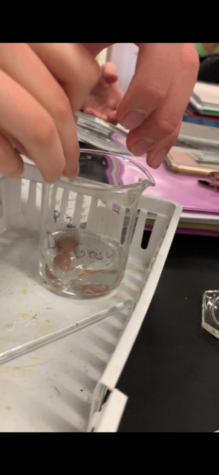
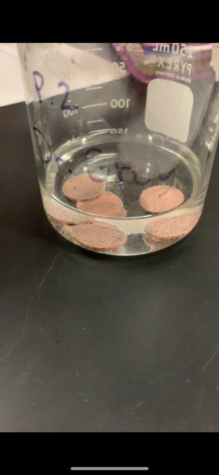





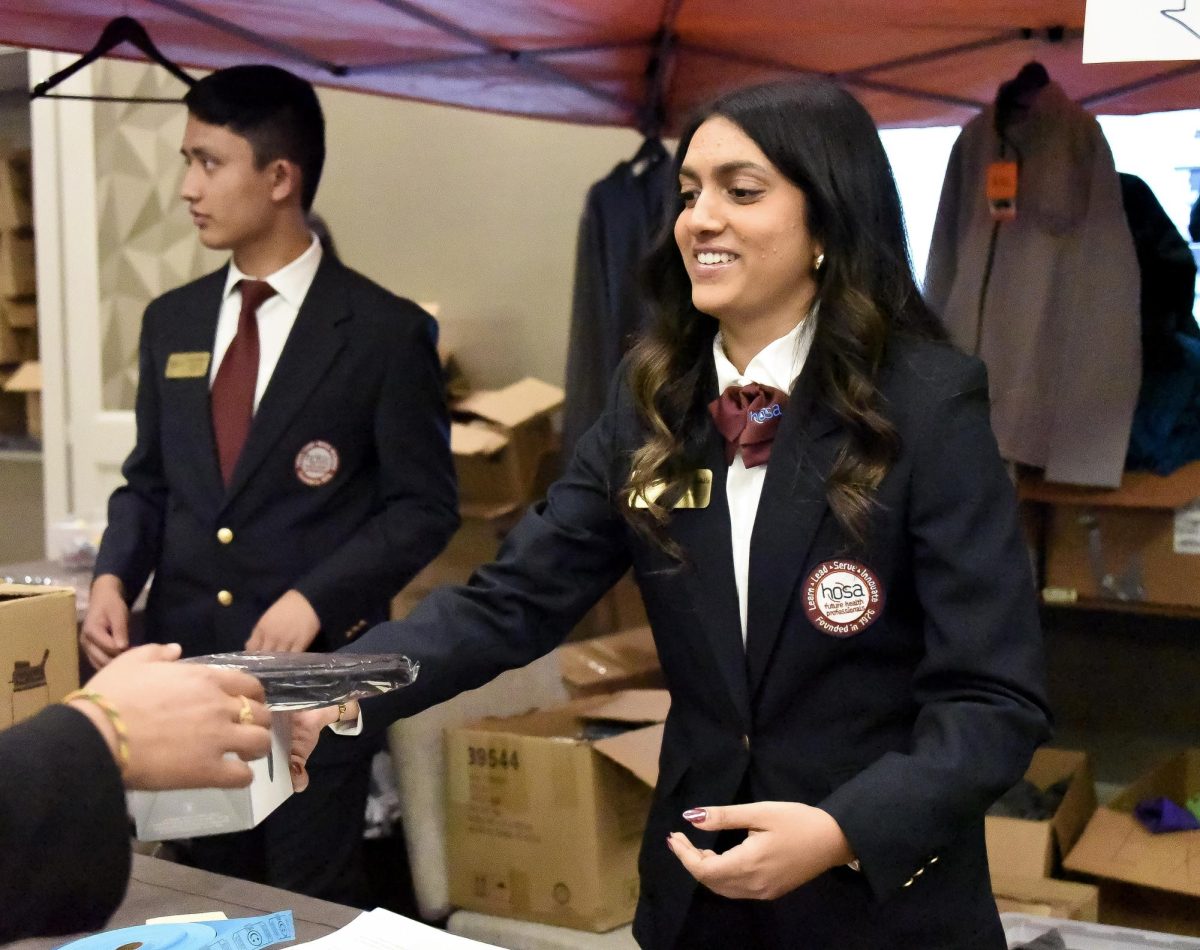


![The winter guard team makes fifth place at the state championship finals in the Denver Coliseum, March 30. The team performed to Barnes Country's “Glitter and Gold,” lead by coaches Margo Sanford, Blair Bickerton and Anna Orgren. In their class there were a total of nine groups participating, and the top five who made it to finals received a plaque. “[Walking onto the stage] is very nerve-wracking, but also very exciting as well. When you first start color guard there's a lot of anxiety and uncertainty when you first perform in front of an audience, but once you've done it for a while, it starts to become the best part of the season,” Ella West ‘25 said. “It's very fulfilling to see an audience react to something you've put your heart and soul into.”](https://rockmediaonline.org/wp-content/uploads/2025/04/Both-socal-media-nd-website-main-1-1200x846.jpg)
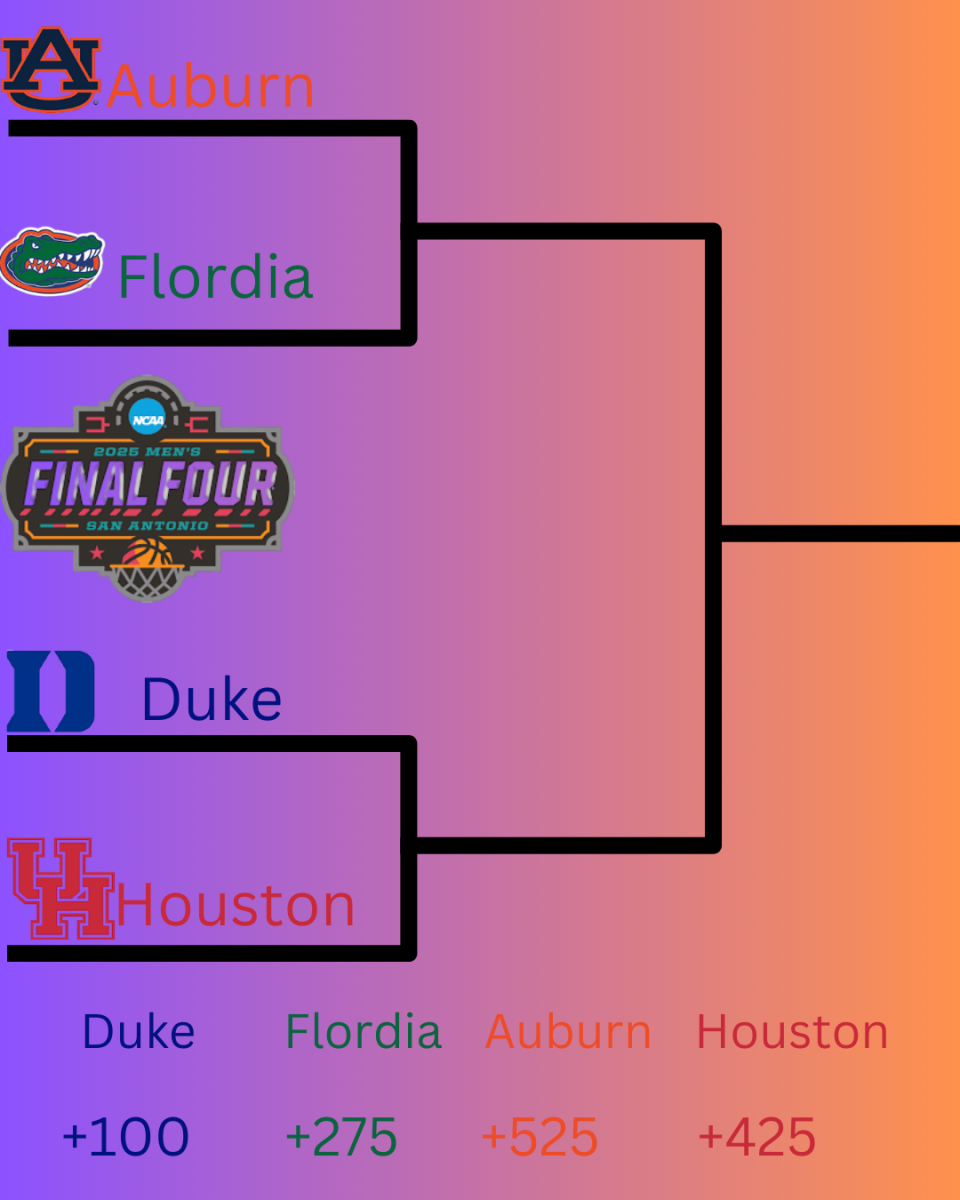
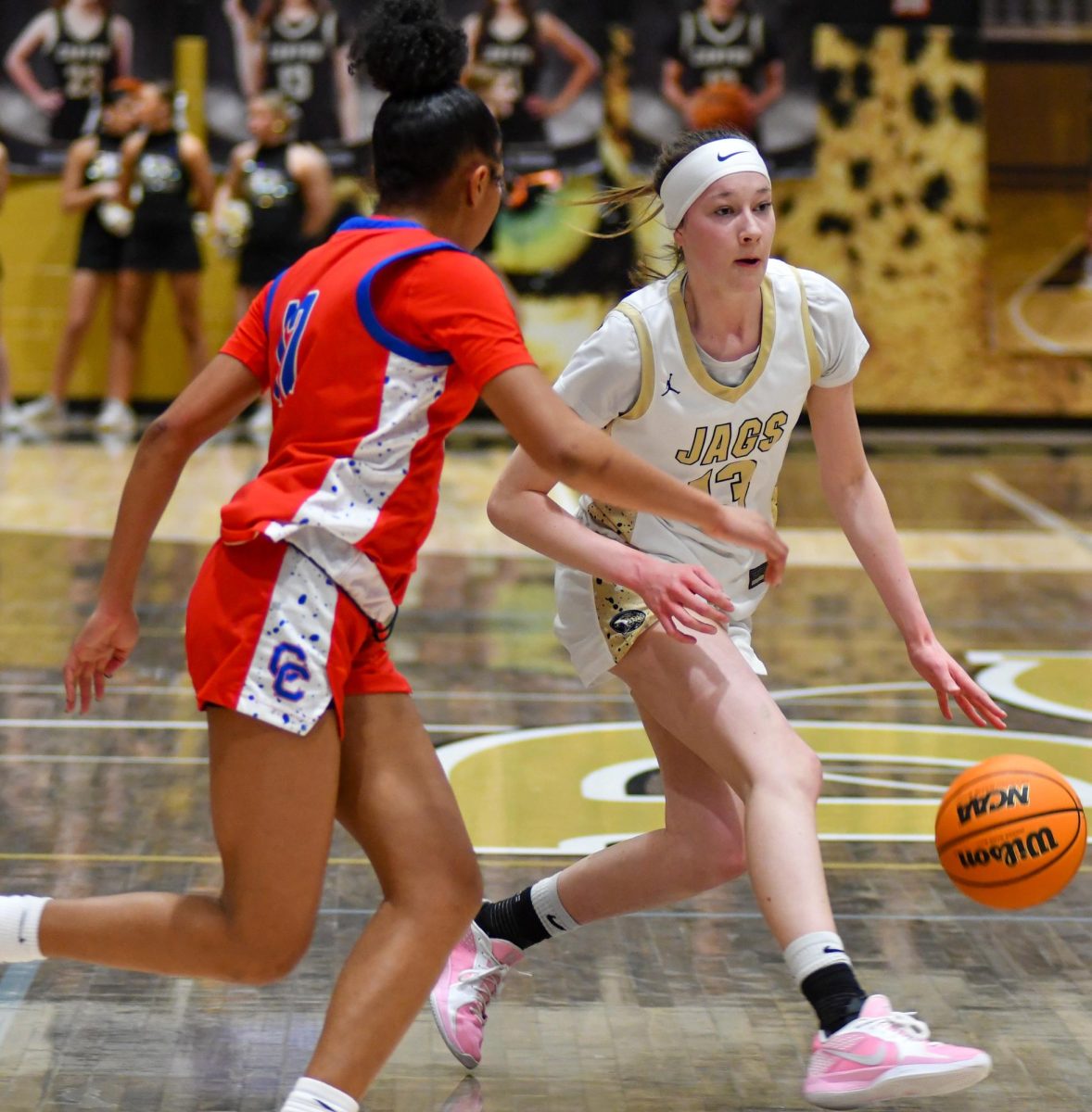













![April marks the 25th anniversary of Sexual Assault Awareness Month, created by the National Sexual Violence Resource Center (NSVRC). This month is to spread awareness of the harassment, assault and abuse that happens around the world. The symbol that represented the month was a teal ribbon; however, some survivors of assault create different symbols and movements like the TikTok trend in 2022, where survivors would tattoo Medusa on their body, in honor of her backstory in Greek Mythology. “I don't think [this month is known] at all. I rarely see anybody talk about it. I rarely see much of an emphasis on posting it online, or much discussion about it, and I feel like there needs to be way more discussion,” an anonymous source said. “I think just validating every experience that a person has gone through, regardless of the degree of it, the severity, is an essential step into making sure that people are aware that this is a very real problem in a society and that we need to do better in addressing it.”](https://rockmediaonline.org/wp-content/uploads/2025/04/IMG_0011-1200x900.jpg)
![Lesbian Visibility Day is April 26, and it’s a holiday to celebrate the lesbian community of the world. Lesbian Visibility day was established in 2008 by many queer activists and organizations who sought to raise more awareness for lesbian history and culture. “So this is why during Lesbian Visibility [Day] we celebrate and center all lesbians, both cis and trans, while also showing solidarity with all LGBTQ+ women and nonbinary people,” Linda Reily, in an article written by her, said.](https://rockmediaonline.org/wp-content/uploads/2025/04/Lesbian-Visibility-day.jpeg)






